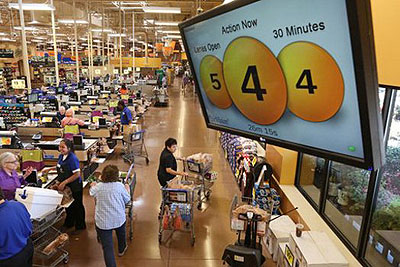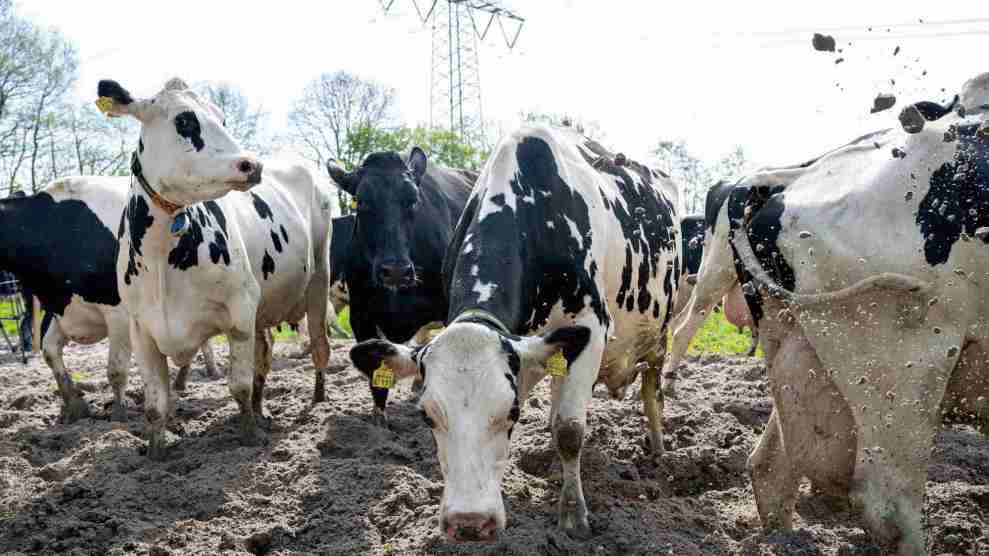 The LA Times has an interesting story today about supermarket automation that’s worth a read if you’re interested in such things. Among other things, I learned what those Powerballish-looking TV screens in my local Albertsons are all about.1But there was also this:
The LA Times has an interesting story today about supermarket automation that’s worth a read if you’re interested in such things. Among other things, I learned what those Powerballish-looking TV screens in my local Albertsons are all about.1But there was also this:
Grocery stores especially want to appeal to younger shoppers, many of whom tend to avoid traditional supermarkets because they consider them the place their parents shop. One way to woo smartphone-toting millennials is to make grocery shopping more tech-friendly, analysts said.
Since I have long since reached the “get off my lawn” stage of life, this prompted two questions that perhaps my younger readers can answer. First, is it really true that you avoid traditional supermarkets because your parents shopped there? And second, where do you shop instead that doesn’t seem like a place your parents would frequent?
1It’s QueVision! More here.

















